SOLON — The flooring plant and sawmill at Kennebec Lumber Co. are bustling with activity on a weekday morning, as logs get measured and sliced into lumber and the boards are graded, stacked and prepared for shipping.
Meanwhile, just up the road, construction is nearing completion on a new biobrick manufacturing facility that will turn sawdust from the mill into a heating oil and firewood alternative — the eventual new home of Enviro Wood Briquettes.
And in Athens, to the east, a wood pellet manufacturer is looking forward to that form of fuel taking off.
All three businesses are examples of growing areas in Maine’s forest industry sector amidst a recent series of paper mill closings and concerns about the state of Maine’s wood products economy.
Earlier this month Madison Paper Industries, one of the area’s largest employers, announced it will close in May, laying off 215 people.
The loss of area jobs is the latest in the paper industry, which has lost more than 2,300 jobs in the last five years, according to the Maine Department of Labor.
Yet the forestry industry remains an important part of Maine’s economy, with the sector pouring about $5 billion directly into the Maine economy each year, including about $4 billion from the paper industry alone, according to the Maine Forest Products Council.
And some area forest products manufacturers and experts are hopeful that the sector will continue to thrive, despite the recent hits to the paper industry.
“It’s a tough time right now, but there’s plenty of opportunities in Maine and we need to start looking at them and building on them,” said Patrick Strauch, executive director of the Maine Forest Products Council. “We have great forests and they produce a lot of products for us. They’re still a core business here that’s really going to continue to be important for rural Maine, and all of Maine. It’s not going to disappear; it’s just going to go through some transitions.”
The outlook at Maine’s sawmills is improving as the country recovers from the 2008 economic recession, but foreign competition, wood prices and startup capital remain challenges, according to experts.
“Our sawmills are fairly healthy. They’ve invested millions during tough economic times, so they’re all looking for housing starts to improve,” Strauch said. “The housing market has gradually been improving, but we’re ready for an upsurge, and that’s going to be reflected in people feeling better about the economy.”
At Kennebec Lumber, President Denis Carrier said there is demand for the lumber and hardwood flooring the mill produces — about 60 percent of which comes from Maine trees. Business has grown on average 10 percent to 15 percent over the last eight years, according to Carrier, and the company has grown from 16 employees in 2000 to 180 in 2015.
“The market isn’t the hold-back for us. Our products are in demand and we have a good reputation wherever it is, but our biggest concern is raw material,” Carrier said.
He said the company struggles every year to get enough raw material — logs — to run the mill because Maine loggers are sending too much of their product out of the state.
“Our business could quadruple in size tomorrow morning if we had the raw material, but we can’t get it,” Carrier said.
Electrical and energy costs, like at many paper mills, also are a challenge for the Solon business.
In North Anson, Cousineau Wood Products is another sawmill and manufacturing outfit that also has expanded its business and plans to continue the growth.
The plant opened in 2001 as a sawmill that turned lumber into kiln-dried wood for cabinetry and furniture. During the housing market crash of 2008, demand for furniture and lumber dropped, and the Cousineaus shut down the sawmill. Then they invested in equipment to make laminated gunstocks, the wooden body of the gun that holds the barrel.
As of 2015, the company was producing more than 13,000 gunstocks a week, and it employs nearly 100 people. Its success is partly built on two federal Community Development Block Grants, which fund economic development projects in challenged areas. The company hopes to add 25 to 50 more jobs by the end of 2016, according to Vice President Brody Cousineau.
In addition to expansions at places such as Cousineau and Kennebec Lumber, Maine also could benefit from expanding its markets for biomass and renewable energy, according to Mindy Crandall, an assistant professor of forest landscape management and economics at the University of Maine’s School of Forest Resources.
Biomass is a viable market for low-grade material — trees that are too small to be used for saw timber or trees that may not be a good species for wood products — but that can be used to create energy.
Eliminating that material from the forest is critical to sustainability practices, according to Crandall, and it frees up the forest for bigger, healthier trees to grow for lumber and other uses. But both biomass facilities and Maine pellet plants have struggled to compete this winter with low gas and oil prices and a mild winter lessening demand.
Bob Linkletter, owner of the Maine Woods Pellet Co. in Athens, said despite the tough winter, the long-term outlook is good for pellets. The Athens plant, which employs about 35 people, manufactures about 100,000 tons of pellets per year.
“We need to get more in the state buildings and schools. That’s the best savings, and it would be the best way to get more pellets in use,” Linkletter said.
Ensuring that Maine’s forest products sector remains viable also means continuing to invest in the state’s paper mills that are left, according to Crandall and Strauch.
“Real people have lost jobs and the paper mills are challenged, but the ones that are still up and running are some of the larger mills that have seen capital investments; and if they’re competitive, they’re moving into other product lines,” Strauch said.
In 2013, for example, Sappi Fine Paper invested $170 million in equipment at its Cloquet Mill in Minnesota for the production of specialized cellulose, a wood pulp product used in textiles and clothing items. The company has two mills in Maine — in Skowhegan and Westbrook.
“It’s those kind of innovations that are really important,” Strauch said. “How to get that innovation and that kind of investment to take place in Maine, that’s the challenge we’re facing right now.”
Rachel Ohm — 612-2368
Twitter: @rachel_ohm
Send questions/comments to the editors.


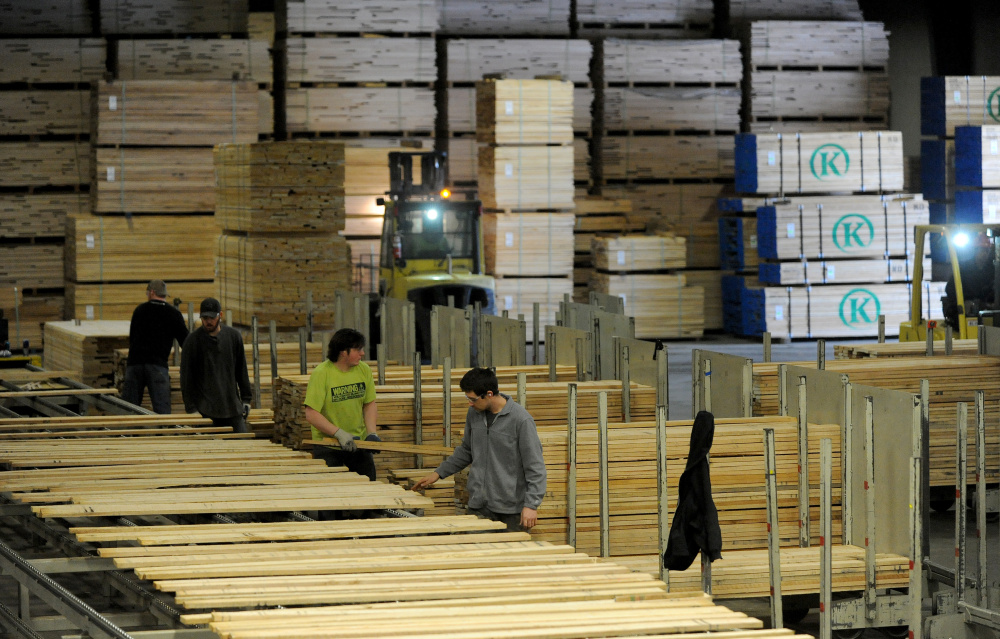
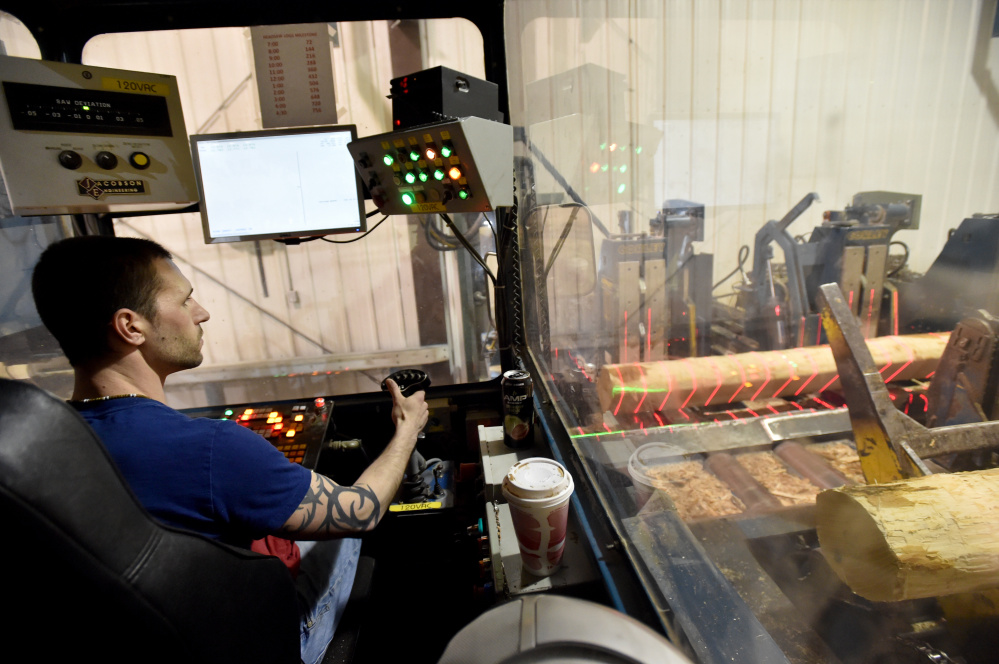
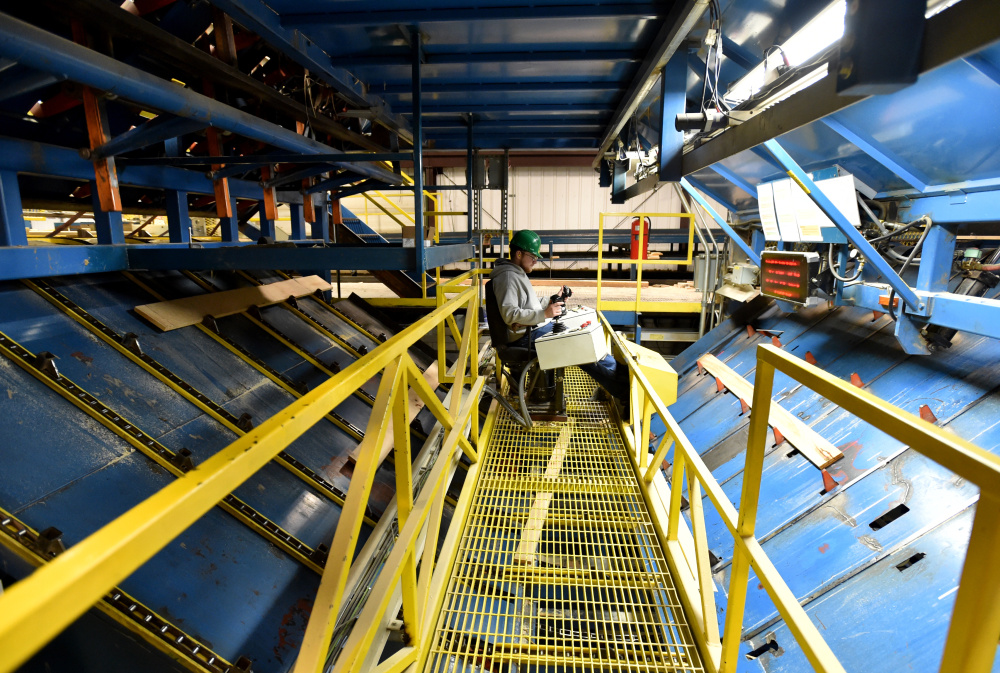

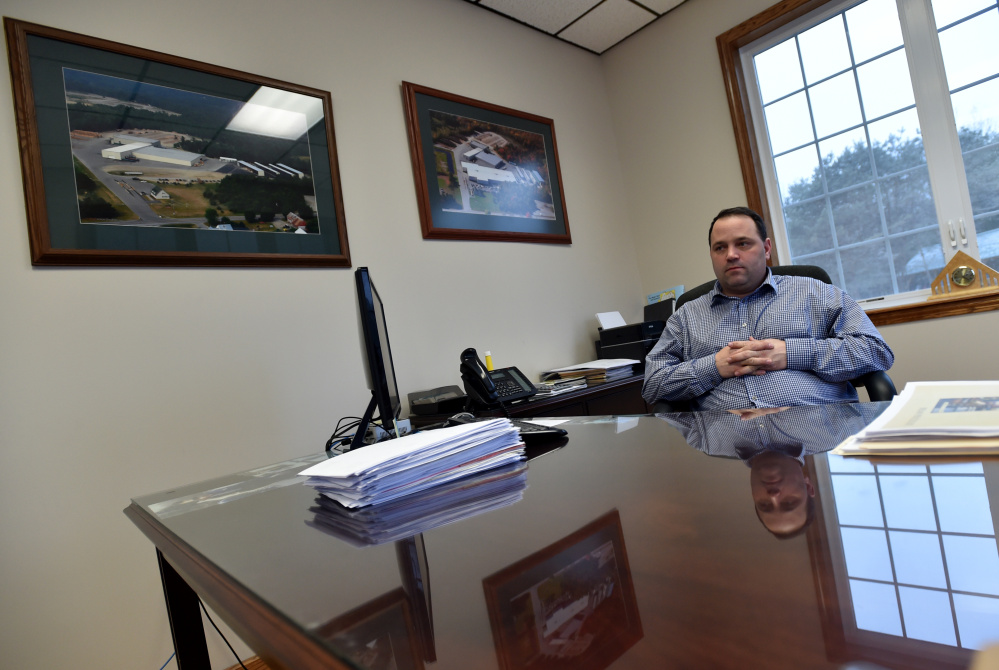
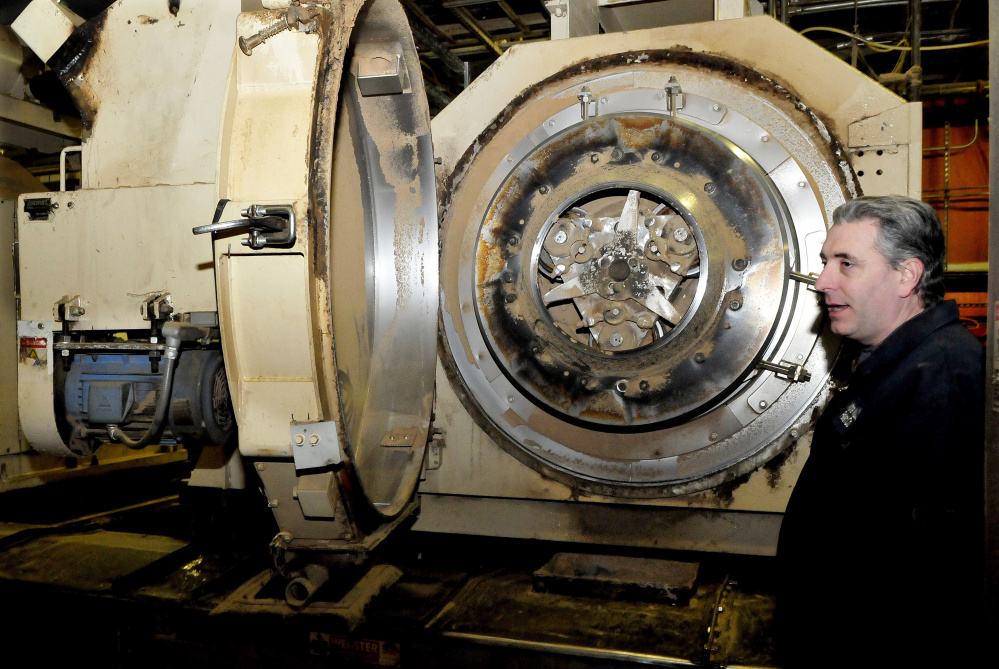
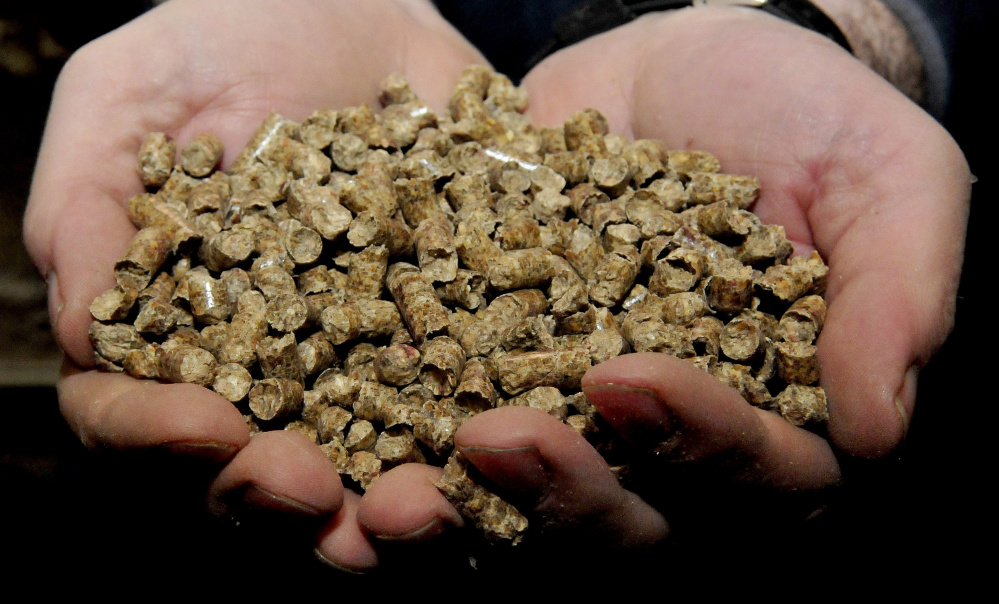

Comments are no longer available on this story